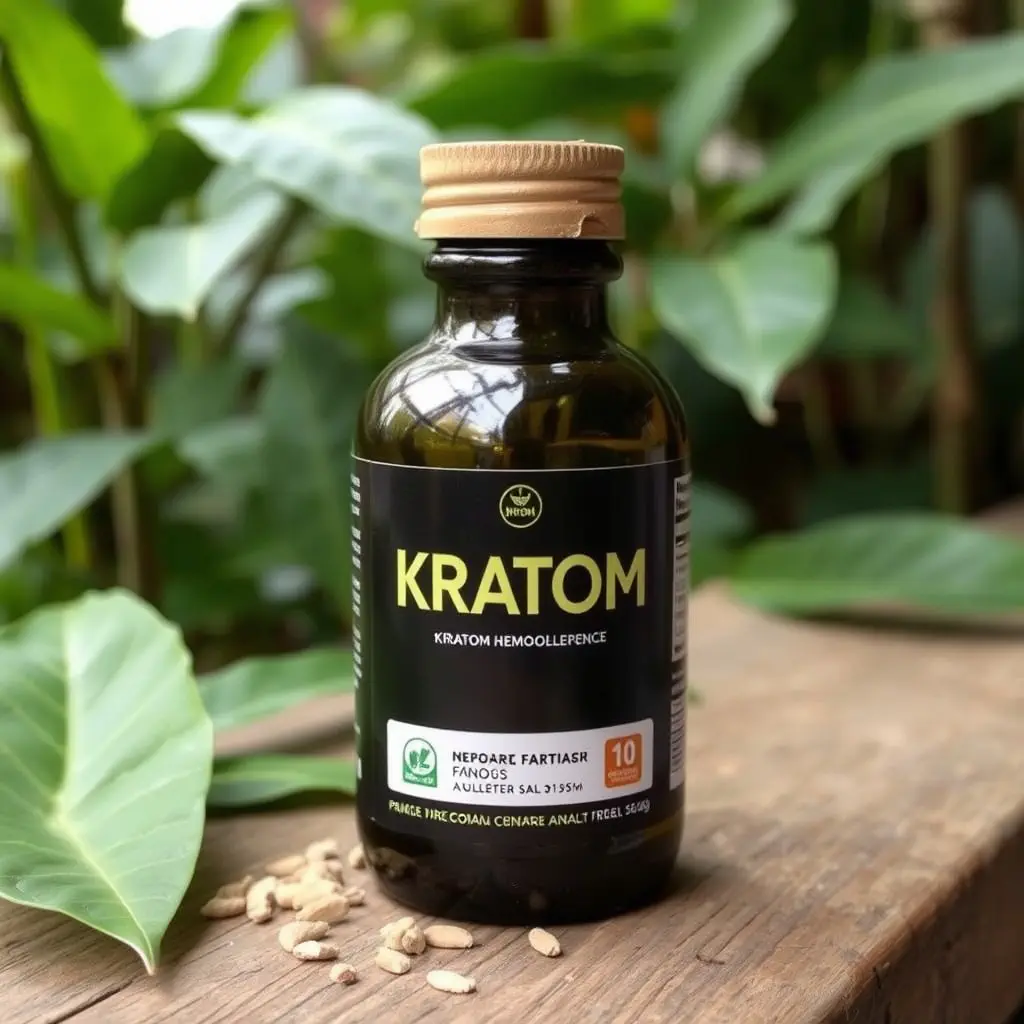Kratom, a plant from Southeast Asia with active compounds like mitragynine and 7-hydroxymitragynine, has shown potential as an aid for managing chronic pain and enhancing productivity. Its analgesic properties can significantly reduce pain, while users often report improved mood and well-being that may boost daily activity engagement and work efficiency. Particular strains like Maeng Da and White Vein kratom (Borneo and Bali) are noted for their cognitive benefits, aiding mental clarity, focus, and overcoming fatigue. For productivity enhancement, a moderate dose between 5 to 15 grams is recommended, with careful consideration of personal tolerance and strain effects. It's essential to consume kratom early in the day to align with natural sleep patterns and avoid disrupting them. Given its potency, users should exercise caution and consult healthcare professionals before incorporating it into their pain management or productivity strategies, ensuring safe and effective use in alignment with individual health requirements.
explore the multifaceted role of kratom in managing chronic pain and its implications on enhancing productivity. This article delves into the nuances of various kratom strains that can aid focus and efficiency, offering insights for their safe and effective integration into daily routines. Discover how kratom for productivity can be a pivotal tool for individuals seeking to mitigate pain while maintaining or even improving work performance. Join us as we navigate the complexities of kratom usage for chronic pain management and its potential impact on your productivity levels.
- Understanding Kratom's Role in Chronic Pain Management and its Impact on Productivity
- Navigating Kratom Strains for Enhanced Focus and Efficiency in Daily Tasks
- Safe Kratom Dosage and Integration into a Productivity-Enhancing Routine
Understanding Kratom's Role in Chronic Pain Management and its Impact on Productivity

Kratom, a tropical evergreen tree native to Southeast Asia, has garnered attention in various circles for its potential therapeutic properties, particularly in the realm of chronic pain management. The active compounds found within kratom leaves, mitragynine and 7-hydroxymitragynine, are believed to interact with the body’s opioid receptors, providing analgesic effects that can alleviate persistent pain. Users report that kratom not only diminishes their discomfort but also enhances their overall sense of well-being. This dual action has implications for productivity, as individuals who manage their chronic pain more effectively may experience reduced stress and an improved capacity to engage in daily activities.
Incorporating kratom into a chronic pain management regimen may offer not only pain relief but also cognitive and motivational benefits that can significantly boost productivity. The stimulating effects of certain kratom strains can help users feel more energetic, focused, and motivated, enabling them to tackle tasks with greater efficiency. These effects are particularly beneficial for those whose chronic pain has previously limited their ability to work or maintain a consistent daily routine. It’s important to approach the use of kratom with caution, as it is a potent substance that requires responsible use and proper dosing to avoid adverse effects or dependency issues. Users should consult healthcare professionals before integrating kratom into their chronic pain management plan, ensuring they receive guidance tailored to their specific health needs and circumstances.
Navigating Kratom Strains for Enhanced Focus and Efficiency in Daily Tasks

Kratom, a botanical from Southeast Asia, has garnered attention in various circles for its potential to aid in cognitive function and productivity. When seeking strains of kratom for enhanced focus and efficiency in daily tasks, it’s crucial to understand the nuanced effects of different kratom varieties. Maeng Da kratom is renowned for its balanced alkaloid profile that promotes mental clarity and sustained concentration without the sedative effects often associated with kratom. Users report that this strain can help overcome mental fog and stay alert, making it a popular choice for those looking to boost productivity during work or study sessions. Additionally, White Vein kratom strains such as White Borneo or White Bali are often favored for their energizing yet focused effects, ideal for tasks requiring prolonged attention and cognitive engagement. These strains are believed to stimulate mental acuity, allowing for a more productive and focused approach to daily activities. When incorporating kratom into a routine for productivity, it’s important to start with a lower dosage to gauge individual sensitivity and effects. Always prioritize quality and purity when sourcing kratom, as these factors can significantly influence its efficacy and safety profile.
Safe Kratom Dosage and Integration into a Productivity-Enhancing Routine

Kratom, a plant originating from Southeast Asia, has garnered attention in discussions about natural pain management and productivity enhancement. When considering kratom for productivity, it’s crucial to approach its use with caution and informed dosing. The alkaloids present in kratom leaves, such as mitragynine and 7-hydroxymitragynine, are known to influence mood and energy levels, which can be harnessed to support a productivity-enhancing routine. To safely integrate kratom into your daily life for chronic pain management and cognitive enhancement, it’s imperative to adhere to recommended dosages. Typically, a moderate dose of kratom powder ranges from 5 to 15 grams, depending on the individual’s tolerance and the specific strain used. It’s advisable to start at the lower end of this spectrum and assess effects before adjusting the amount. Users often report that certain strains like Maeng Da or White Vein kratom may provide more invigorating and energizing effects, which can complement a productivity-focused day. To maintain this balance and avoid disruption to one’s routine, it’s recommended to consume kratom after waking up and before the onset of peak productivity hours, usually in the early afternoon. This timing allows for the alkaloids to take effect without interfering with sleep patterns, as kratom can induce drowsiness at higher doses or later in the day. Always prioritize individual sensitivity and consult healthcare professionals when incorporating kratom into any health regimen, especially when managing chronic pain conditions. By doing so, one can effectively use kratom for productivity while minimizing potential adverse effects and ensuring a harmonious integration into a daily routine.
In conclusion, kratom has emerged as a multifaceted solution for those managing chronic pain while seeking to maintain or even enhance their productivity levels. The nuanced role of various kratom strains in promoting focused energy and efficiency is a testament to its potential benefits. However, it is imperative to approach the integration of kratom into one’s routine with caution, adhering to safe dosage guidelines to ensure optimal well-being. For individuals exploring kratom for productivity enhancement, understanding its impact on chronic pain management and incorporating it judiciously can be a pivotal step towards achieving both health and performance goals. As with any supplement or medication, personal experimentation and professional guidance are key to harnessing the positive effects of kratom without compromising one’s daily productivity or long-term health.






